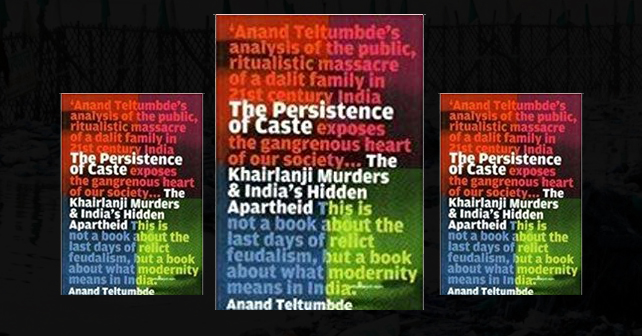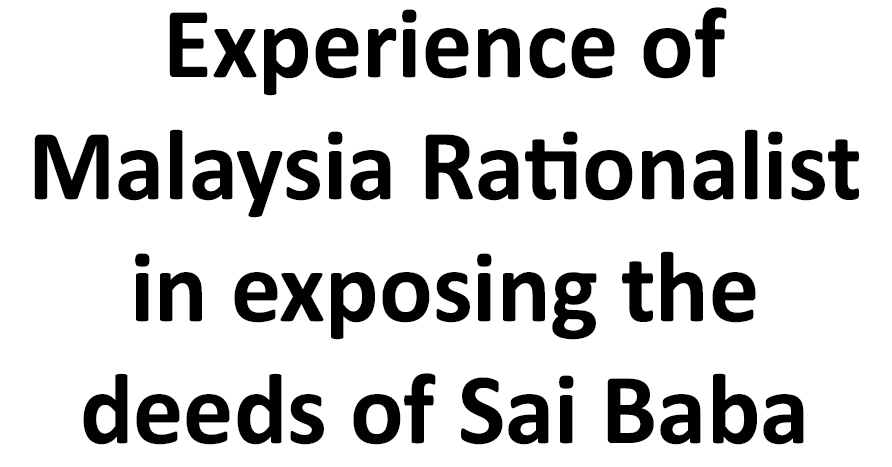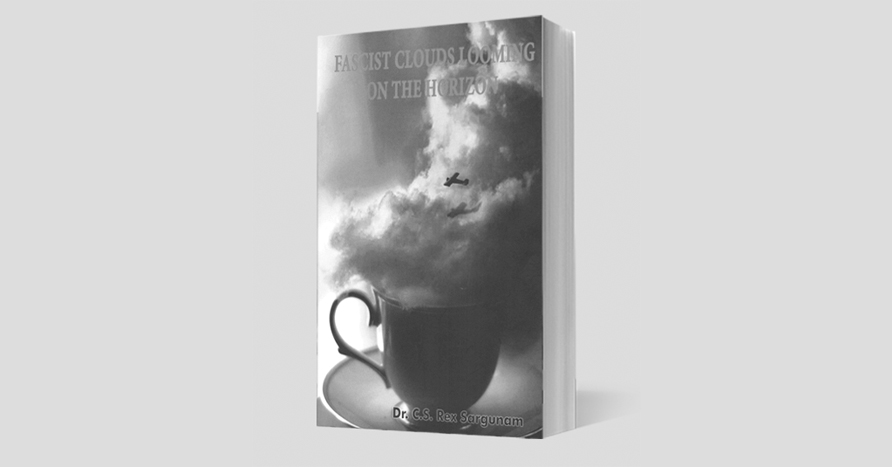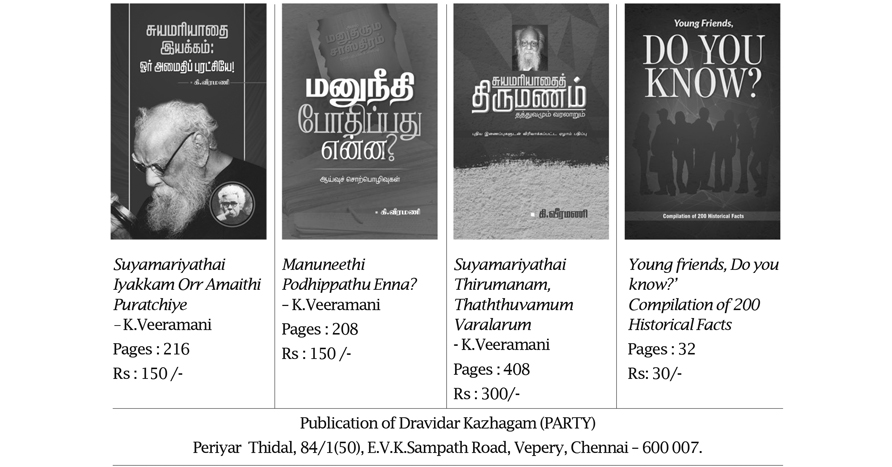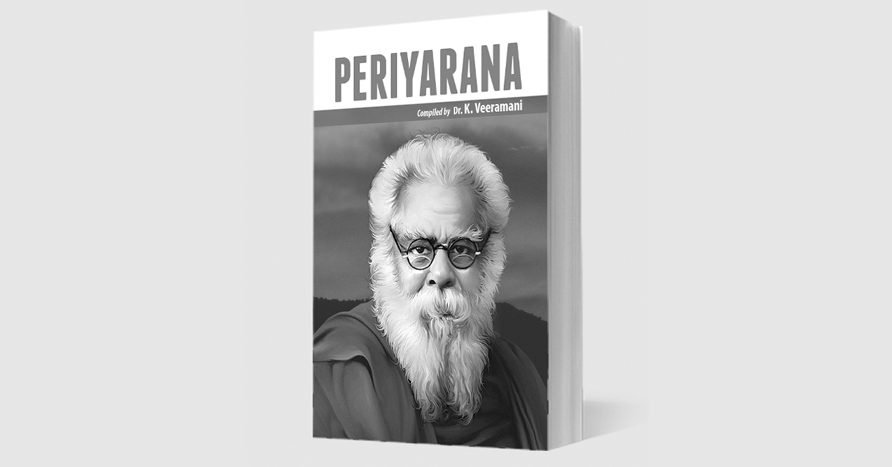The Persistence of Caste :
The Khairlanji Murders
Anand Teltumbde
Navayana, New Delhi.
Pages.192 – Rs. 295/-
The work under review is a comprehensive study by social activist Anand Teltumbde of what was called the ‘Khairlanji Murders’ of 2006 and the social, and historical factors that caused them. The facts, given by the author, are as follows: Bhotmange family was one of the two dalit families belonging to the mahar caste living in the village of Khairlanji. There was one more family belonging to the matang caste. All the three families used to live in constant fear of caste Hindus. Bhotmange family consisted of five members: Blaiyalal Bhotmange, (55) his wife Surekha (40), sons Sudhir (21) and Roshan (19), and daughter Priyanka. They did farming, despite the difficulties they faced in accessing the water available in the village, and were leading a comfortable life. The elder son was vision impaired. The other two were getting education. Even this was looked upon with envy and resentment by the villagers who were waiting for an opportunity to ‘straighten’ them out. There were clashes between the family and the upper caste villagers, the latter being abusive and belligerent. The appeals and complaints by the family for police intervention did not yield much fruit, though.
The incident in question took place on 29 September 2006, when an armed gang of about sixty to seventy men and women launched a furious attack on the family, gangraped the women, murdered the sons, and dumped the bodies in the irrigation canal. When the police arrived, they were ordered to be buried almost immediately, after a swift and perfunctory postmortem. Every effort was made to cover up the crime and they succeeded in keeping it unknown to the world for quite a while.
When the news did leak out, fact finding missions and protest demonstrations were started by some activists, but effectively thwarted by the government machinery, the police being extremely highhanded in dealing with protest makers.
The author contrasts the unprecedented vehemence of the police force with the police being mere spectators while irate mobs of Hindu fundamentalist party, ‘Shive Sena’ ran amuck sometime in the past. The police were not only vengeful against the dalits, but, wherever possible, set caste Hindu against them.
The mass media behaved in an extremely partial manner, taking anti-dalit stance. Citing incident after incident, the author shows that things have not changed much ever since Babasaheb Ambedkar said, in 1945, “The untouchables have no press.”
He shows that Khairlanji Murders is not an isolated incident, but one in a series of heinous crimes that have been going on for decades. The book opens with an introduction, wherein the author makes an in-depth study of the caste system, the isolation of the ‘casteless’ being part thereof, the brutalities perpetrated by the caste Hindus against them as a matter of course. The introductory chapter starts with the origin of the caste system with religious sanction and social protection and its evolution through the medieval period. During the colonial period, with the spread of universal education, there were social movements against caste system and the oppression of the dalits, though they could not make much headway. B. R. Ambedkar and his efforts to gain social recognition and acceptance for the dalits receive special treatment by the author, and he is rather mystified at the failure of Ambedkar’s mission leading to disillusionment. Following modernisation and globalisation, casteism has been necemented and massacre of the dalits, including gangrape of their womenfolk are on the increase, perpetrated by groups rather than individuals.
Finally, Teltumbde, explodes a number of myths regarding caste system. First, globalisation and economic growth would eradicate caste system. But, the Khairlanji atrocity has proved it to be a myth, and no more than that. People’s expectation that cultural and educational development would create a civil society, tolerant and understanding had not materialised, until the present book was penned, in 2010. He goes on to present facts and figures to show that atrocities against the dalits are on the increase, if any. The author shows that even the Bahujan Samaj leader Mayavati became reluctant to use the Prevention of Atrocities Act on appropriate occasions under pressure from her allies.
The book concludes with an extremely pessimistic warning to India as a nation. “Khairlanji transcends the contact of time and space, and interrogates Indian’s claim of being worthy world citizens. It is a mirror that shows them what they are: a people cursed with caste.”
Anand Teltumbde, through analysing a typical incident, shows how social, political, and administrative machinery including the police and even the mass media, collude in the shameful covering of a heinous crime against dalits. He asserts, through his title, it is no less than ‘hidden apartheid’, or racism in camouflage. The implication is that a multi pronged offensive is required to eradicate the evil once for all.
Prof. A. Ayyasamy
People’s expectation that cultural and educational development would create a civil society, tolerant and understanding had not materialised, until the present book was penned, in 2010.


